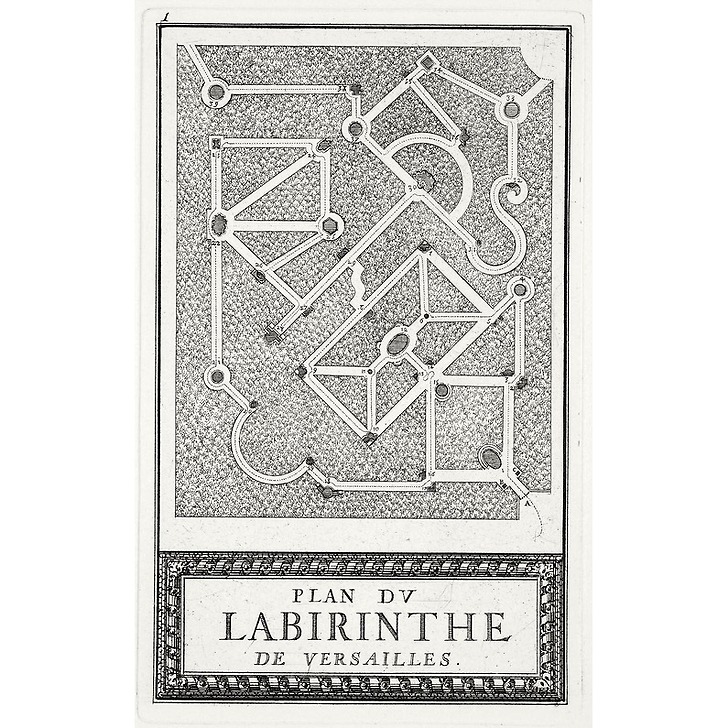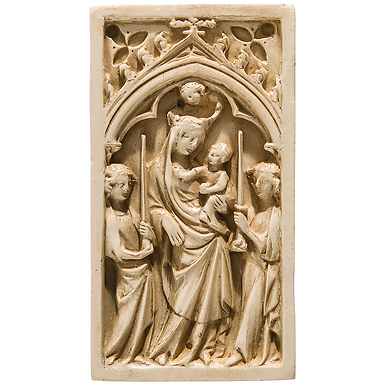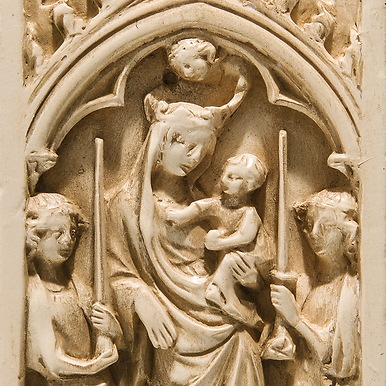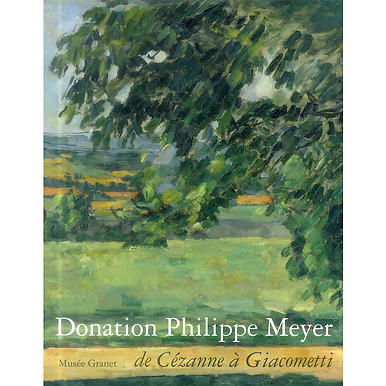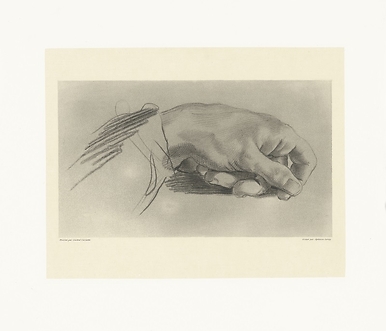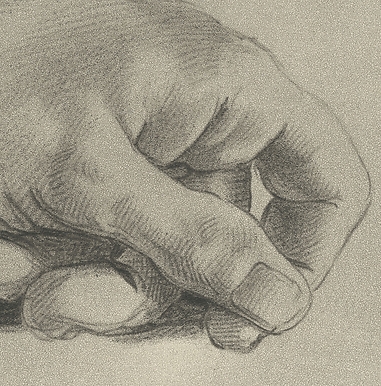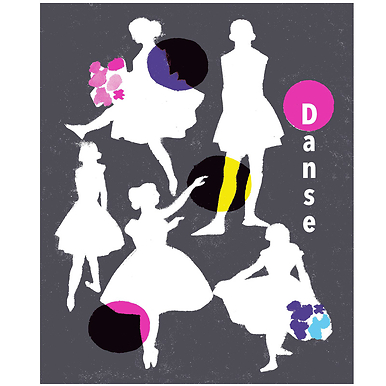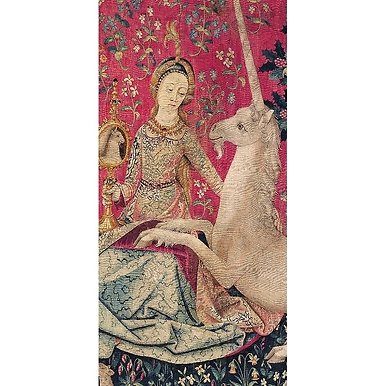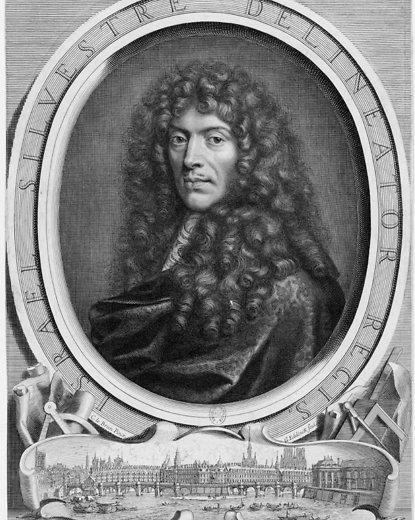Engraving Map of the maze - Palace of Versailles, Le Nôtre
KM002925
It was in 1669 that Le Nôtre designed the labyrinth of greenery in which, around 1675, the forty statues representing Aesop's fables were placed. Charles Perrault wrote on this subject: "Among all the groves of the small Park of Versailles, the one called the labyrinth is especially commendable for the...
Read more
It was in 1669 that Le Nôtre designed the labyrinth of greenery in which, around 1675, the forty statues representing Aesop's fables were placed. Charles Perrault wrote on this subject: "Among all the groves of the small Park of Versailles, the one called the labyrinth is especially commendable for the novelty of its design, and for the number and diversity of its fountains. It is called labyrinth because there is an infinite number of small alleys so intermingled with each other that it is almost impossible not to get lost in it", and the author continues: "The subjects of these fountains were chosen from some of Aesop's fables, and they are so naively expressed, that nothing more ingeniously executed can be seen. The bronze animals colored according to the natural, are so well drawn, that they seem to be in the very action they represent, especially since the water they throw imitates in some way the word that the fable has given them ". The Labyrinth of Versailles, plates by Sébastien Leclerc, prose by Charles Perrault and verse by Isaac de Benserade, Paris, 1677.
Sébastien Le Clerc belongs to the great engravers of the court of Louis XIV. Arriving in Paris probably in 1664, S. Le Clerc was introduced to the king's painter Charles Le Brun who encouraged him to take up engraving. He was rewarded for his talent with a pension as a draughtsman and engraver of the king, and in 1672 he was appointed academician and professor of perspective at the Academy. After the death of Claude Mellan, S. Le Clerc was appointed ordinary engraver to the king from 1693 to 1705. The engraved work of Sébastien Le Clerc is estimated at about 3,700 pieces. Of this important production, the chalcography possesses the plates realized for the illustration of the Labyrinth of Versailles, the Tapestries of the king according to the paintings of Le Brun as well as the statements of architecture of royal houses.
Close
Login to see prices
Sold by GrandPalaisRmn

